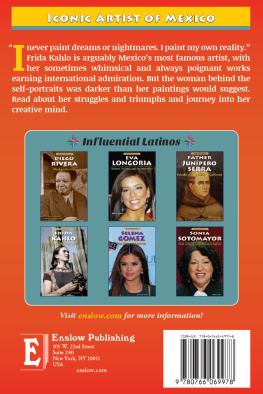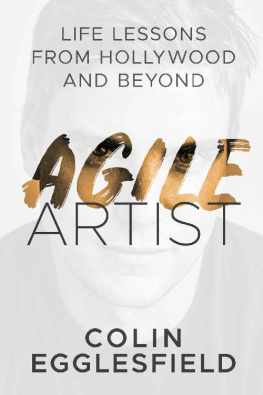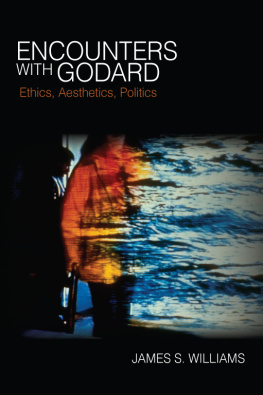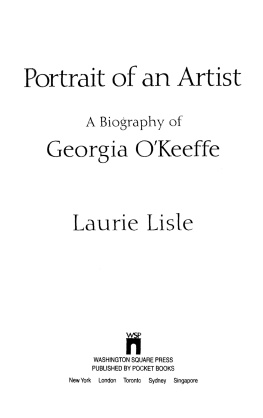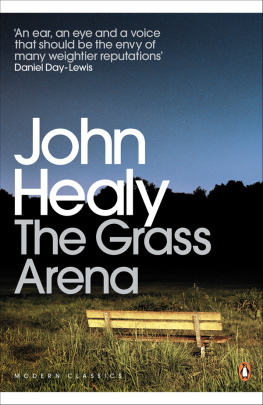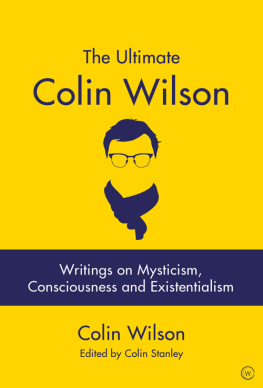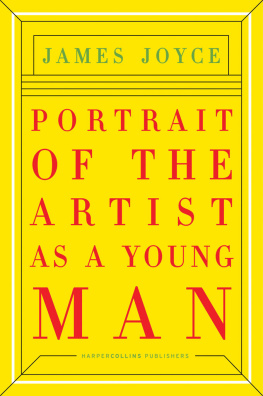MacCabe Colin - Godard : a portrait of the artist at seventy
Here you can read online MacCabe Colin - Godard : a portrait of the artist at seventy full text of the book (entire story) in english for free. Download pdf and epub, get meaning, cover and reviews about this ebook. City: New York, year: 2004, publisher: Farrar, Straus and Giroux, genre: Home and family. Description of the work, (preface) as well as reviews are available. Best literature library LitArk.com created for fans of good reading and offers a wide selection of genres:
Romance novel
Science fiction
Adventure
Detective
Science
History
Home and family
Prose
Art
Politics
Computer
Non-fiction
Religion
Business
Children
Humor
Choose a favorite category and find really read worthwhile books. Enjoy immersion in the world of imagination, feel the emotions of the characters or learn something new for yourself, make an fascinating discovery.

- Book:Godard : a portrait of the artist at seventy
- Author:
- Publisher:Farrar, Straus and Giroux
- Genre:
- Year:2004
- City:New York
- Rating:3 / 5
- Favourites:Add to favourites
- Your mark:
- 60
- 1
- 2
- 3
- 4
- 5
Godard : a portrait of the artist at seventy: summary, description and annotation
We offer to read an annotation, description, summary or preface (depends on what the author of the book "Godard : a portrait of the artist at seventy" wrote himself). If you haven't found the necessary information about the book — write in the comments, we will try to find it.
Godard : a portrait of the artist at seventy — read online for free the complete book (whole text) full work
Below is the text of the book, divided by pages. System saving the place of the last page read, allows you to conveniently read the book "Godard : a portrait of the artist at seventy" online for free, without having to search again every time where you left off. Put a bookmark, and you can go to the page where you finished reading at any time.
Font size:
Interval:
Bookmark:
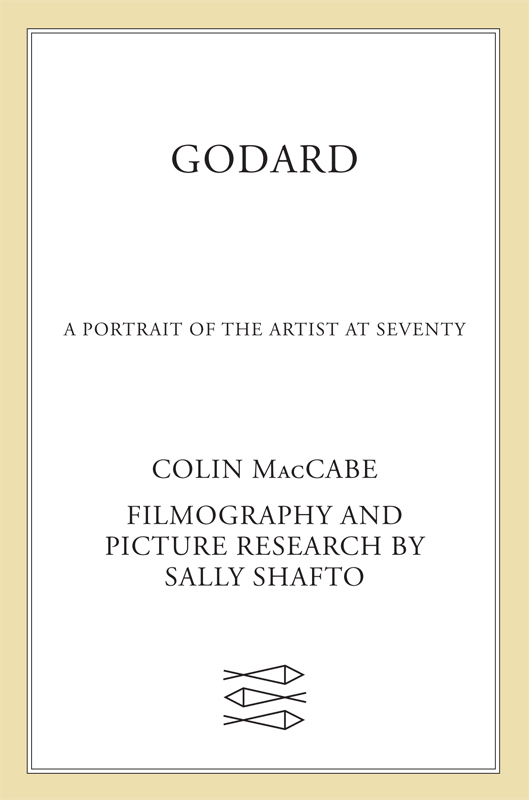

The author and publisher have provided this e-book to you for your personal use only. You may not make this e-book publicly available in any way. Copyright infringement is against the law. If you believe the copy of this e-book you are reading infringes on the authors copyright, please notify the publisher at: us.macmillanusa.com/piracy.
* Please note that some of the links referenced in this work are no longer active.
Contents
For Minerva
Mterlinck says: If Socrates leave his house today he will find the sage seated on his doorstep. If Judas go forth tonight it is to Judas his steps will tend. Every life is many days, day after day. We walk through ourselves, meeting robbers, ghosts, giants, old men, young men, wives, widows, brothers-in-love. But always meeting ourselves.
James Joyce, Ulysses
Preface
It was Peter Biskind, then editor of American Film, who urged me to write this biography in 1984 or 1985. I put the idea to Godard. He seemed to concur with my dislike of biography as a form and to share my doubts about the pleasure of the process. Two years later he asked me how the work was progressing and this encouraged me to bury my own doubts and to prepare a very detailed treatment. By the early nineties, however, it was clear that Godard no longer had any faith in the project.
In the nineties I was fortunate enough to bring two commissions to Godard and his partner Anne-Marie Miville: 2 50 ans du cinma franais ( 2 50 Years of French Cinema ) (1995) and The Old Place (1998), and I laid aside the biography indefinitely. Then in the summer of 1999 Godard wrote me a very generous letter about our past productions, which made clear that it was unlikely there would be any further collaborations.
It was in the aftermath of this letter that I thought seriously again about the biography. The initial problem of any biography was still there. Each life is infinite, its connections too complicated to allow of any representation which is not also a savage editing. But the fact that my subject was alive suddenly presented a solution. Any biography of a living person is necessarily incomplete, but a living subject allows the possibility of a portrait: a series of angles on Godards life and work.
And it is the work that provides the real impetus for this biography, work that is the most astonishing, the most intriguing, the most illuminating of my times art. The first moment of epiphany had been unattended sitting in a Paris cinema in January 1967 watching a film in a language I did not understand, but which provided image after image of a beauty I had never before witnessed. In subsequent years Godards engagement with both Maoism and feminism made him a constant point of reference, and then, as he began a re-examination of the canon of Western art and culture (which was to reach its culmination in the Histoire(s) du cinma ), our paths crossed directly.
In its range of reference the history of cinema, the history of art, the history of Marxism the work is as daunting as the life. It would be a fool who thought they had all the necessary competences to comment fully on this extraordinarily rich oeuvre which is constitutively allusive. But as with the life, the decision to choose a specific set of angles, to provide a particular portrait, was the enabling moment. Each chapter provides such an angle.
The first chapter is a family history. Godards maternal family, the Monods, are one of the great Protestant families of France. The Godards, if less famous, are just as Protestant, and in both families there is a movement between France and Switzerland, which has been perhaps the most constant external feature of Godards life.
Balzac would thus paint a man born from the very bluest of Swiss Calvinist/French Huguenot blood, up to his neck in the history of Europe, coming to Paris at a young age and, with his world collapsing as his parents divorce, discovering the cinema and America a new promise and a new world. And this world had its prophets fat Henri Langlois, the most charming of dealers, and thin Andr Bazin, a real saint. This chapter considers these figures from the point of view of intellectual history, to understand why it was in France that cinema reflected on its own past and produced not simply a magazine, Cahiers du cinma, but an aesthetic that was to revolutionise world cinema, as the young Cahiers critics swapped pens for cameras and became the Nouvelle Vague, the New Wave.
To run in those years with Rohmer, Truffaut, Rivette, Chabrol, Ggauff, Bitsch, Schiffman it is not hard to imagine how much fun that must have been. Crucial in the transformation from critics to filmmakers was an aesthetic which was also a new model of film-making, and it is this new model, with its lightweight technology and its small crews, which is one focus of the third chapter. The other is provided by Anna Karina, the star of seven of the twelve films that Godard made between 1960 and 1966 and his first wife. Here the focus is film history proper as we track one of the greatest creative achievements in the history of the cinema.
But when Godard completes Week-end in 1967 he writes on the closing credits End of cinema, for the dream of the Nouvelle Vague had disintegrated at every level from the personal, with the breakdown of his marriage, to the political, where the American liberators of 1945 had become the imperialist oppressors in Vietnam. The fourth chapter takes the perspective of political history to understand Godards abandonment of conventional cinema for a commitment to Maoist revolution, heralded in the prescient La Chinoise, a film that he made with his new student wife Anne Wiazemsky. It is this political perspective which illuminates the militant films of the post-1968 period, and explains the links between politics and aesthetics which underpinned the Dziga Vertov Group that Godard founded with a young Maoist, Jean-Pierre Gorin.
These first four chapters thus sketch four different kinds of history to provide the necessary angles on Godard: family history, intellectual history, film history, political history. The majority of the fifth chapter does not pretend to the status of history at all. It is a memoir; its determining angle is provided by my own contact with Godard through the eighties and nineties when I saw him once or twice a year, always in relation to specific projects and, almost always, very briefly. This period, which is impossible to understand outside of his enduring partnership with Anne-Marie Miville, begins with a cycle of films from Sauve qui peut to Je vous salue, Marie which, while less well known than the films of the sixties, mark an aesthetic and intellectual achievement to rival the earlier decade. But from the mid-eighties onwards Godards main focus of attention was his incredible Histoire(s) du cinma, a history of his chosen art form which is also a history of his own life and a history of the century. It is difficult to find a comparison for this work, which certainly has no parallel within film or television, but perhaps the most apt is Dantes Divine Comedy which takes the elements of one life to provide a perspective on human history. Dante is also apt because it is the writing of the Divine Comedy in Italian which signals the beginning of a recognisable European culture; it is not an exaggeration to say that Histoire(s) du cinma marks its end.
Although this work focuses on one individual, its major intellectual impetus is the attempt to understand an aspect of the history of European modernism. Modernism can be understood as the reaction by artists to the new forms of capitalist culture linked to mass audiences (starting with tabloid newspapers and culminating in our day with satellite television). The work of Godard is particularly interesting because, unusually, it takes place within those very forms. It poses the paradoxes of modernism at their most acute. There is an almost total rejection of the stereotypical and the generic which demands an extraordinary level of active engagement by the viewer within forms whose economic conditions of existence demand a mass audience.
Font size:
Interval:
Bookmark:
Similar books «Godard : a portrait of the artist at seventy»
Look at similar books to Godard : a portrait of the artist at seventy. We have selected literature similar in name and meaning in the hope of providing readers with more options to find new, interesting, not yet read works.
Discussion, reviews of the book Godard : a portrait of the artist at seventy and just readers' own opinions. Leave your comments, write what you think about the work, its meaning or the main characters. Specify what exactly you liked and what you didn't like, and why you think so.

